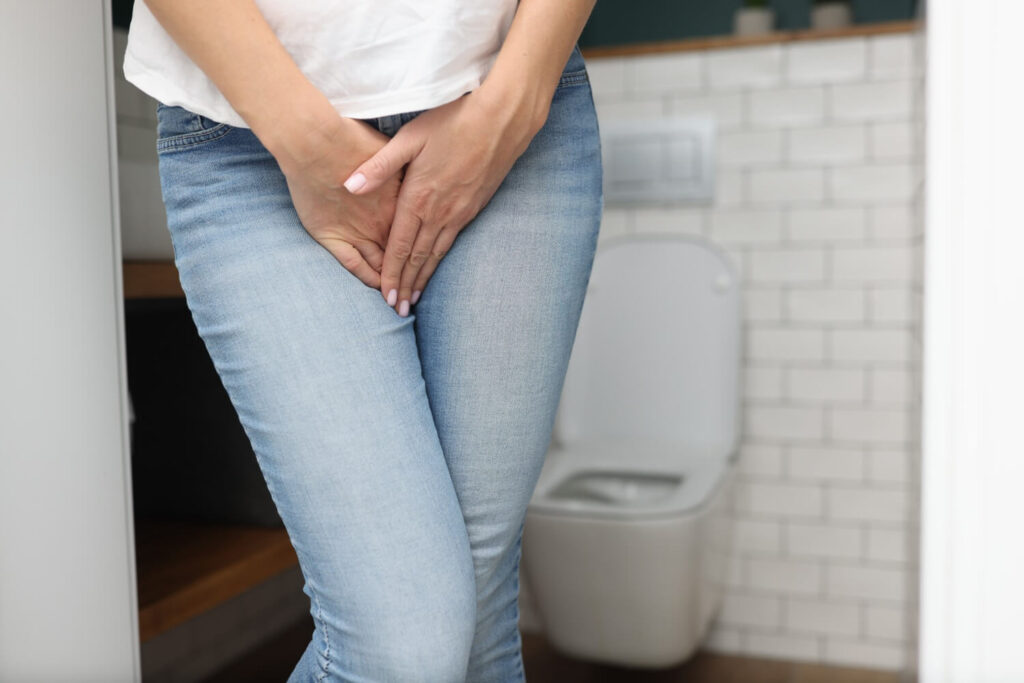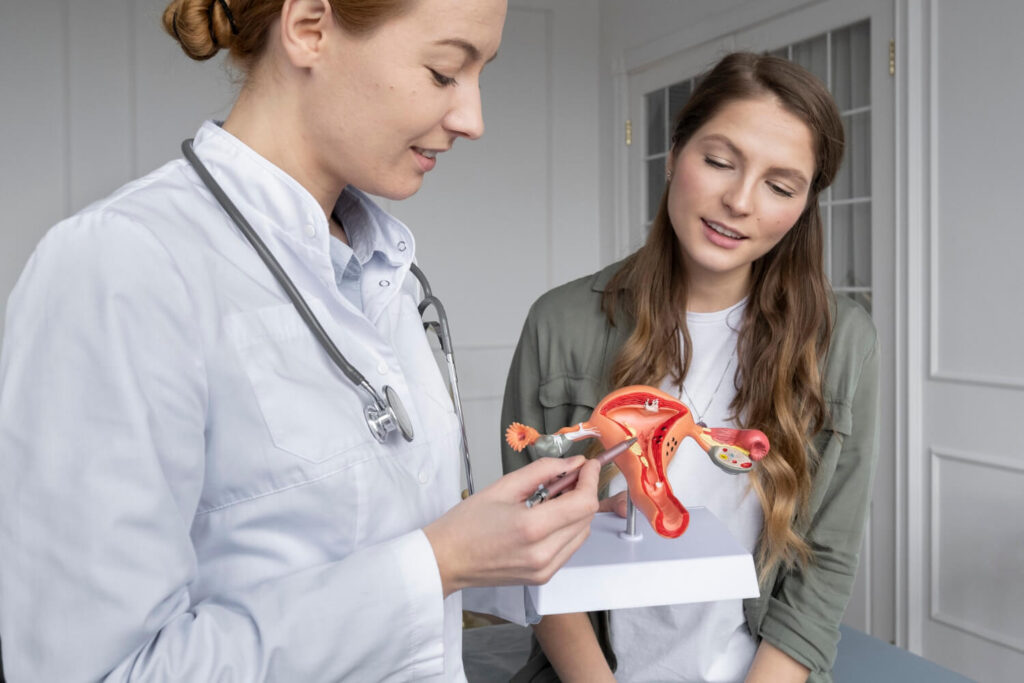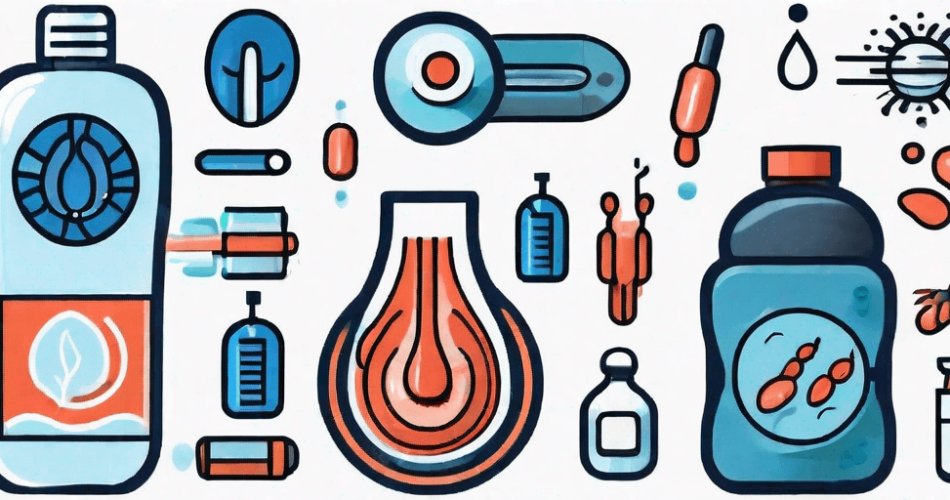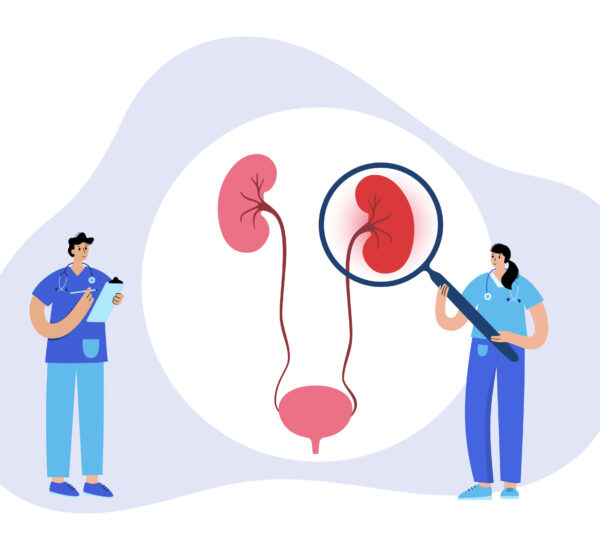Urinary tract infection is a common health issue that affect millions of people each year. This infection needs to be addressed to prevent more cases of this condition. In today’s blog, we’ll identify the 10 causes of UTI,
Understanding the causes of UTI is important in order to prevent and treat them effectively. Let’s explore each of them ranging from hygiene-related factors to underlying health conditions.
Understanding Urinary Tract Infection (UTI)

The urinary system plays a vital role in the body’s waste elimination process. The kidneys filter waste products from the blood, producing urine that travels through the ureters to the bladder. From the bladder, urine is expelled through the urethra. When bacteria enter the urinary tract, it can disrupt this delicate system, causing an infection. Thus, developing urinary tract infection.
Anyone can get UTI, but it is more prevalent with women. That’s because of shorter urethra in females, which allows bacteria to reach the bladder more easily. Once the bladder is infected, the patient can experience pain and discomfort, especially during urination.
If this continue to persist, possible complications may happen as the infection can affect the kidneys. That’s why patients are encouraged to consult with a doctor early on for initial diagnosis and prevention plans. Doing so, will help the patients analyze their health. At the same time, manage their condition before it leads to other complications.
10 Causes of UTI

Habit of Wiping From Front to Back
Proper personal hygiene plays a crucial role in preventing UTI. This includes wiping from front to back after using the toilet. Wiping from front to back after using the toilet helps to prevent the spread of bacteria from the anal area to the urethra, reducing the risk of infection. It is important to use gentle, unscented toilet paper to avoid irritation and potential UTI.
Improper Genital Hygiene
Regularly washing the genital area with mild soap and water is another important aspect of personal hygiene that can help prevent UTIs. This practice helps to remove any bacteria or debris that may have accumulated, reducing the risk of infection. By neglecting to follow proper hygiene, it can increase the probability of developing infection in the urinary tract.
Not Emptying the Bladder
When it comes to bathroom habits, there are several factors to consider in order to minimize the risk of UTIs. One important aspect is to urinate frequently. By emptying the bladder regularly, any potential bacteria that may have entered the urinary tract can be flushed out, reducing the chances of infection. Holding in urine for long periods of time can allow bacteria to multiply, increasing the risk of UTIs.
Using Public Bathrooms Frequently
Toilet seats can harbor bacteria and other pathogens, which can be transferred to the genital area when using the restroom. It is advisable to use disinfectant wipes or sprays to clean the toilet seat before use, especially in public restrooms where the risk of exposure to bacteria is higher.
Additionally, avoiding public restrooms whenever possible can also help reduce the risk of UTI. Doing so, can save your urinary tract health as exposure to bacteria can be avoided in this situation.
Not Drinking Enough Water
Staying hydrated is not only important for overall health, but it also plays a crucial role in maintaining urinary health. When you drink an adequate amount of water, it helps to flush bacteria out of the urinary tract, reducing the risk of infection. Proper hydration ensures that your urine is diluted, making it less likely for bacteria to thrive and cause an infection.
Drinking Caffeinated and Alcoholic Beverages
Caffeine, commonly found in coffee, tea, energy drinks, and chocolate, is a diuretic that can increase urine production. This can potentially lead to more frequent urination, which may increase the chances of bacteria entering the urinary tract. Similarly, alcohol acts as a diuretic and can dehydrate the body, reducing the flushing effect of urine and allowing bacteria to thrive.
Sexual Activity
Sexual activity can introduce bacteria into the urinary tract, leading to UTIs. During sexual activity, the friction and movement can cause micro-tears in the genital area, creating an entry point for bacteria. Additionally, the pressure applied to the urethra during intercourse can push bacteria from the genital area into the bladder, increasing the risk of UTIs.
It is worth noting that sexual activity itself does not directly cause UTIs. Rather, it serves as a potential avenue for bacteria to enter the urinary tract. Bacteria can be introduced from various sources, including the skin, anus, or vaginal flora. Therefore, maintaining proper hygiene practices before and after sexual activity is crucial in reducing the risk of UTIs.
Not Accommodating Hygiene Practices Before and After Sexual Activity
Proper hygiene before and after sexual activity, including urinating and cleaning the genital area, can help reduce the risk of UTIs. To reduce the risk of UTIs during sexual activity, it is recommended to empty the bladder before and after intercourse. This helps flush out any bacteria that may have entered the urinary tract during sexual activity. Additionally, urinating before sexual activity can help reduce the pressure on the urethra during intercourse, minimizing the chances of bacteria being pushed into the bladder.
Pregnancy
Becoming pregnant can result in hormonal changes, which can be a factor that affects maternal health. Furthermore, pregnancy also affects the immune system of the mother, which makes them prone to this condition. Once that happens, the health of the baby can also be compromised.
Diabetes
Lastly, a patient with pre-existing condition such as diabetes can also be prone to UTI. A diabetic patient mostly have urological issues. If you currently have diabetes, it would be best to check with a specialty doctor to diagnose your kidney health.
These 10 causes of UTI are composed of common day-to-day activities that people do. By understanding each, patients, especially women can prevent the possibility of contracting the disease. Furthermore, they can remain a healthier urinary system, and prevent developing other kidney conditions.
Underlying Health Conditions and UTIs

In connection to the 10 causes of UTI, recognizing the underlying health issues that can lead to UTI may also help save the patient’s urinary health. Here are some of the known kidney complications are closely related to UTI.
Diabetes and UTIs
Individuals with diabetes have a higher risk of developing UTIs due to the elevated levels of sugar in their urine. The excess sugar provides an ideal environment for bacteria to thrive. Proper diabetic management, including blood sugar control and regular urine testing, can help prevent UTIs.
Kidney Stones and UTIs
Kidney stones can cause UTI by obstructing the flow of urine, allowing bacteria to multiply. The presence of kidney stones can increase the likelihood of developing recurrent UTI. Treating kidney stones promptly and adopting preventive measures can help minimize the risk of UTIs.
Managing underlying health conditions are all essential in reducing the risk of UTI. If you experience symptoms of UTI, it is crucial to seek medical attention for proper diagnosis and treatment.
Why Consultation is A Must

Early diagnosis and treatment of UTI is crucial to prevent complications. If left untreated, UTI can spread to the kidneys, leading to a more severe infection called pyelonephritis. This can cause high fever, back pain, and potentially life-threatening complications.
It is important to seek medical attention if you experience symptoms of UTI. Doing so can help improve the health status of the patient, and also prevent the further risk that they can experience.
A healthcare professional will perform a physical examination and may request a urine sample for analysis. The urine sample will be examined for the presence of bacteria, white blood cells, and other signs of infection.
In some cases, additional tests may be necessary to determine the cause and severity of the UTI. These tests may include a urine culture, which identifies the specific bacteria causing the infection and helps guide treatment decisions. Imaging tests, such as an ultrasound or CT scan, may also be ordered to evaluate the urinary tract for any abnormalities.
What to Expect After the Consultation
Once UTI is diagnosed, treatment typically involves a course of antibiotics to eliminate the bacterial infection. It is important to complete the full course of antibiotics as prescribed, even if symptoms improve, to ensure that the infection is fully eradicated.
Aside from that, the doctor may also request some changes in diet, hygiene, and others for better improvement of the urinary system. Prevention of UTI includes maintaining good hygiene, drinking plenty of water, urinating before and after sexual activity, and avoiding irritating substances such as harsh soaps or bubble baths.
Conclusion
Poor hygiene and improper bathroom habits are not the only factors to consider when solving UTI. This comprehensive blog covers the 10 causes of UTI, which will help give light to the common day-to-day activities that can also impact the urinary health. By understanding each, patients with UTI case can be lessened, and result in a healthy urinary system.
Get to know whether or not you have a healthy urinary system. Book a consultation with a specialty doctor today to know more!



